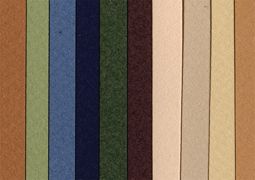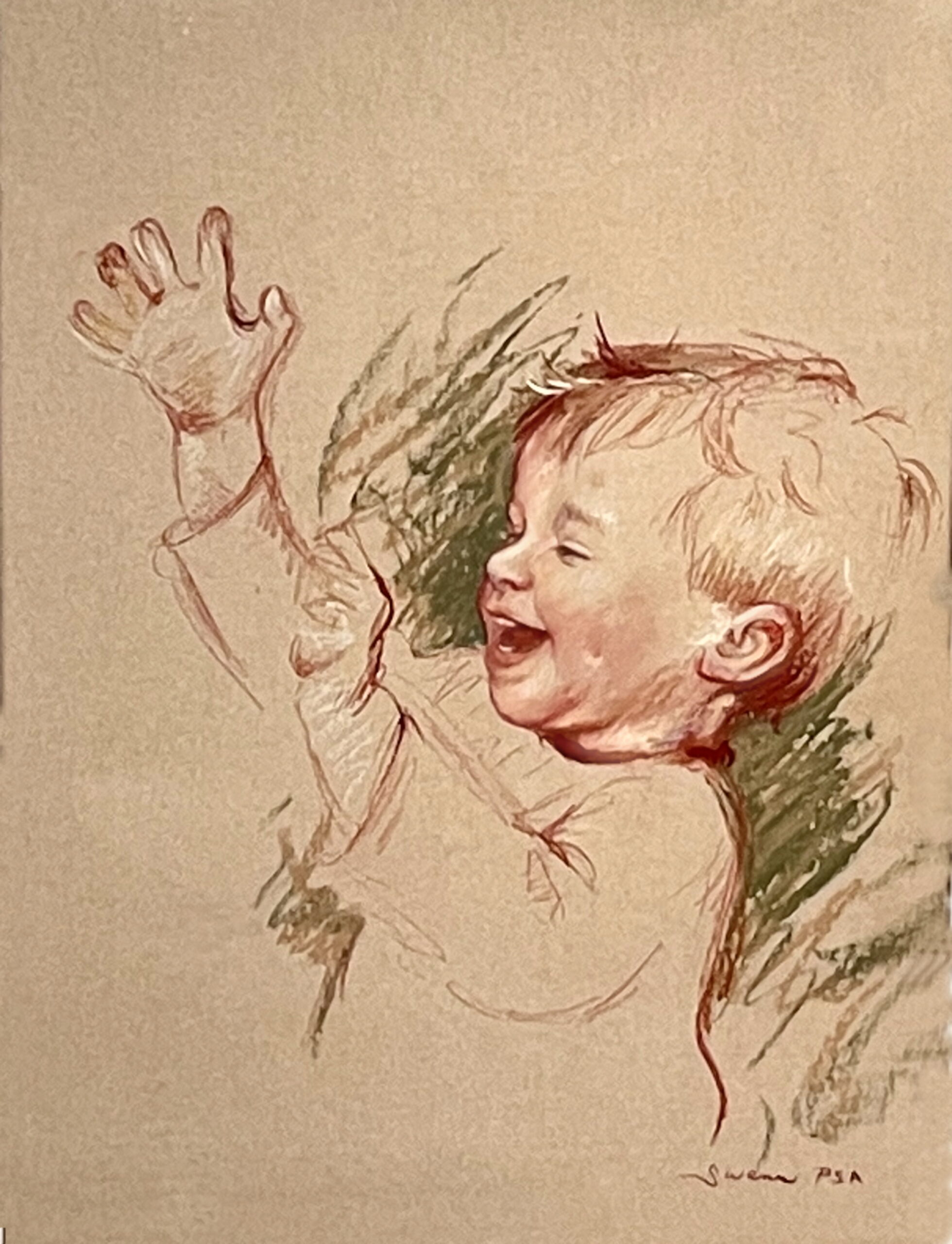
This is normally where it begins…the addiction.
An artist gets a set of pastels or takes a class and starts to play around with this medium. Typically this is the surface one starts on. Not expensive and no grit like the others mentioned here the last few weeks. It is a heavy paper and has 2 sides- the front has a stamped “screen” pattern on it and the “back” of the sheet is smoother. I was always told to flip the paper over and work on the back. Less interference from the weave. But, some artists love the texture of the paper and put it to good use. The distinctive texture becomes a big part of the image.
Canson will only let you add layers for so long before the surface starts to build up and then it can feel pretty slick. New additions of pastel will not adhere- If you have used this surface you know what I mean. No matter what brand you are trying to add, there comes a point where this surface will not cooperate anymore. But for quicker studies it is great.
Because it is a paper surface it feels more like drawing. And that is one of the things about pastel that I love- both a drawing and a painting medium. By the way- a pastel is considered a painting and not a drawing unless most of the surface is not covered by pastel. If it is a vignetted, simple image with only a little percentage of pastel across the surface, then it is called a drawing. Otherwise it is a painting.
Canson comes in many, many colors and is very cheap. So really great to play around on. You can typically find it in any basic art store.
Here is an old drawing I did on Canson.

“Joy” pastel 20 x 16”
This image is obviously from a long time ago (my son again) and as a toddler he used to run across the room and jump into my moms’ arms. I clearly remember these memories and wanted to paint the simple happiness and joy of a toddler. It is now one of my most precious paintings, even if not one of the best I have ever done. I lost my mom to cancer 12 years ago this month and so I love this early drawing. When I look at it I see her.
Next week- Surfaces that are not around anymore- Wallis, Ersta and Ya Cai.

ALWAYS, enjoy these.
Hi Chris, I hope all is well. Just to add: many, many artists and frames (URGH!) misuse “fixative” to “fix” pastel pieces. I’m sure you know this, but most readers here do not. If you read the can, it says, “workable” fixatives. It is not for fixing art. It is to generate a new surface to work on. As you said, there is a point where even the best paper will not accept any more medium. So, get the fixative and spray it across the section you want to keep working on. VERY lightly, smoothly and consistently. Start the spray OFF the paper and go across it. Then let go of the nozzle AFTER the spray left the paper. It’s almost like swiping a brush, starting and ending off the paper. If you start ON the paper, a blotchy spot occurs. If you stop while on the paper, the same thing happens. Then, test it a bit. You may need one more swipe. I have laid paper on the part of the piece that I am not spraying on, leaving that part uncovered. This makes it a more secure process. This can be done with charcoal, also. Again, this is a WORKABLE fixative, not a FINAL coating. I have been astounded how many framers do not know this. It is under glass, once framed. It doesn’t need fixed! Quality pastel and charcoal will not fade nor peel off–maybe just a very tiny bit over a long period of time. It is inconsequential. A huge problem is that when you spray it, it darkens everything. Middle tones merge, and highest lights darken. I provide clients with an explanation sheet when they go to framers. Even so, I had one ignore it and they ruined my piece as very critical highest light practically faded. And yes, I do not use the suggested side of the paper, I use the “back.” Less pattern appears and it can take more medium. Last (and great) tip: When you finish spraying anything with retouch varnish, fixative, whatever, turn the can upside down and spray a few times. This clears out the nozzle and it takes much longer for the nozzle to plug up. This has happened to all of us. this is the way to solve that one. Best Wishes! Keep up the good work!
Thank you. I do like the darker of the canson colors. A bit frustrating when deciding mid painting to begin to layer more. But like the look of the finished pieces too. Never satisfied.